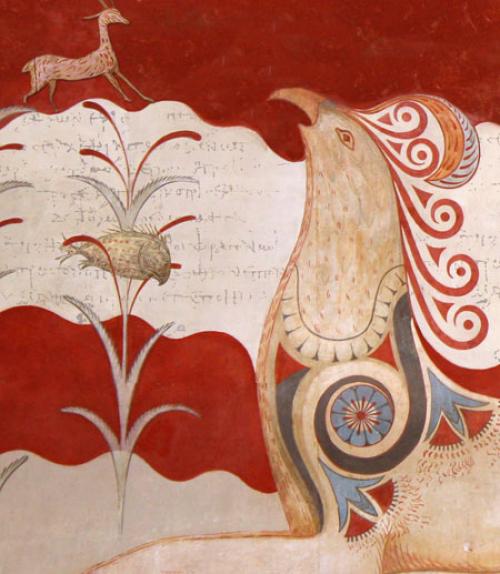Gold-digging ants in Herodotus; a bestiary written by Pliny: The ancient world is filled with zoological descriptions. Whether these ancient zoographers’ views were shaped by scientific study or by casual encounters with animals in nature will be explored in a conference Sept. 8 to 10 at Cornell, “Zoographein – Depicting and Describing Animals in Greece, Rome, and Beyond.”
“Our main objective is to better understand how visual and textual modes of representation create and constitute zoological knowledge. We think this is a crucial – albeit to date understudied – aspect of the history of ancient science and of animal studies. Our keynotes consider this issue in both antiquity and the very contemporary world,” explained conference organizers Annetta Alexandridis, associate professor of classics and history of art, and Athena Kirk, assistant professor of classics.
The public is invited to attend the two keynote addresses. On Friday, Sept. 8, at 3:45 p.m. in 423 ILR Conference Center, Courtney Roby, associate professor of classics, will speak on “The Animal Body Multiple: Organs to Swarms.” Her talk will be followed by a reception in the ILR lobby.
On Saturday, Sept. 9, in the Guerlac Rooom of the A.D. White House, Andrew Moisey, assistant professor of history of art and visual studies, will speak on “Ancient and Modern Perspectives on Ants.”
“It’s all the more fitting to convene this discussion of animals in ancient art, literature, philosophy and archaeology at a university with such a long and rich history of animal studies research across campus,” Kirk said. “We hope this conference will broaden the already wide perspectives on animals at Cornell and introduce our guests to all Cornell has to offer – including ice cream from campus cows.”
The conference is sponsored by the Departments of Classics and History of Art and Visual Studies, in collaboration with the Research Network ZOOMATHIA. It is co-sponsored by the Cornell Dairy Center of Excellence; the Archaeological Institute of America; the Departments of Philosophy, Ecology and Evolutionary Biology, and History; the Programs of Religious Studies and Feminist, Gender and Sexuality Studies; and the Cornell Institute of Archaeology and Material Studies.





